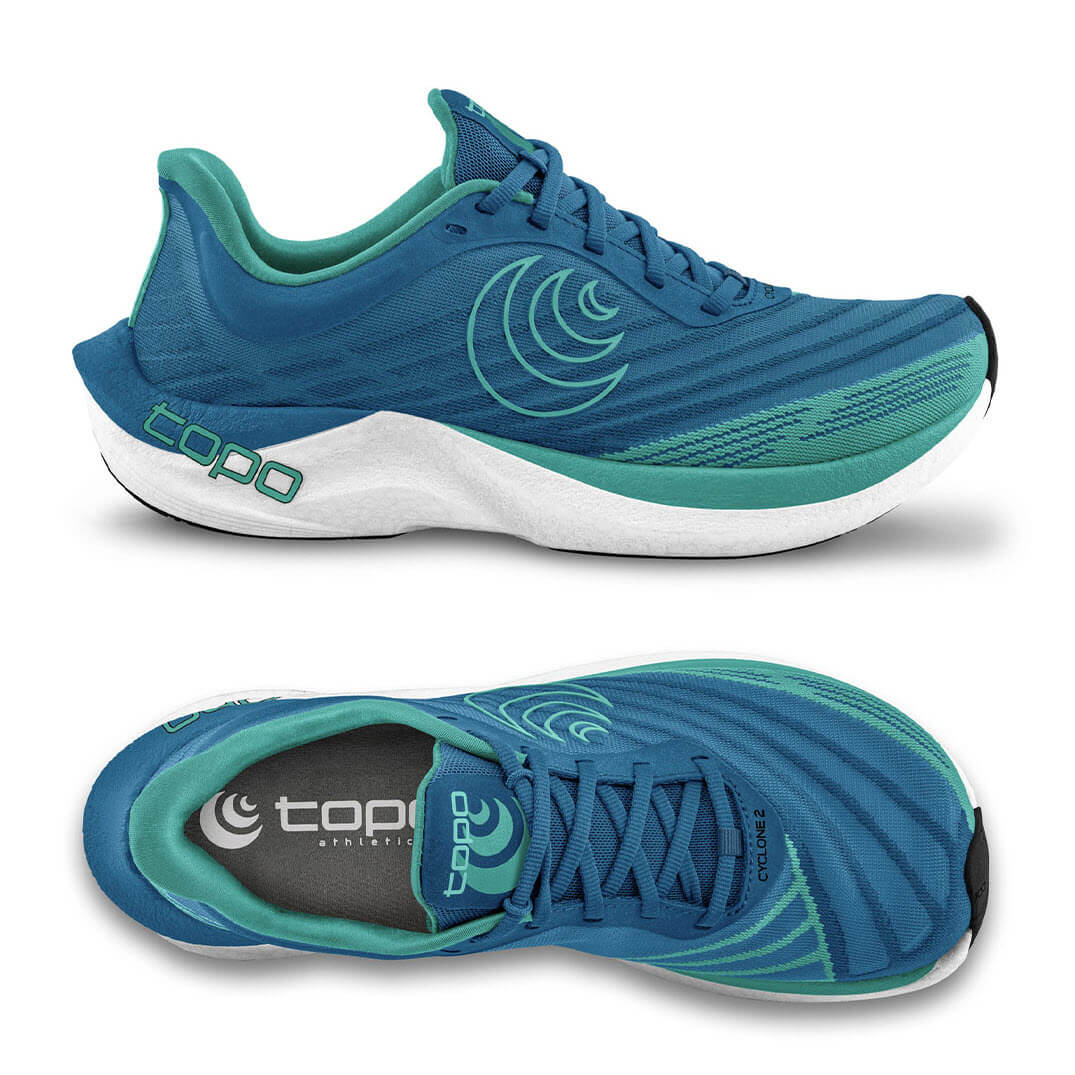You know the feeling. You've got a blister but you foolishly decide to do nothing about it. You carry on, scrunching your toes, tilting your foot, limping. Anything to take the pressure off it. But it gets worse and worse and when you finally take your shoe off, you not only find a blister, but it's deroofed! Deroofed blisters are simply blisters without a roof. What you're looking at is the blister base.
What Deroofed Blisters Look Like
A deroofed blister is a blister where the skin (roof) has either rubbed off or been removed (cut off). Because of the large surface area of raw weepy skin, a deroofed blister can:
- More painful
- Take longer to heal
- More susceptible to infection

Deroofed blisters - these ones are quite new; they're raw and weepy.

A healing deroofed blister which is no longer weepy
What Causes Blisters To Deroof?
Quite simply, unabated blister-causing forces. If you keep walking or running as a blister is forming, and you do nothing to reduce pressure, friction or other blister-causing forces, your blister will eventually deroof.
Treating a Deroofed Blister
You can treat a deroofed blister just like you treat any other blister:
- Antiseptic
- Island dressing*
- Address pressure, friction and the other blister causing forces to help it hurt less and heal faster
The one difference you can implement is a different dressing. Instead of an island dressing, you can use a hydrocolloid dressing. Hydrocolloids are special wound dressings that can speed healing of raw weepy sores like deroofed blisters. You've probably heard of Compeed - it's the most we'll known hydrocolloid blister plaster on the market.
The best thing you can do right now is learn about how hydrocolloids work to aid the healing of deroofed blisters. Also, watch this video to help you avoid a few common mistakes people often make.
You can pick up hydrocolloid plasters at chemists or our online store. Above all, just make sure they’re sterile. This is important, considering they are treating raw weepy wounds like deroofed blisters that can otherwise easily get infected.
But Wait...
Before you go out and grab a hydrocolloid, remember this. You must only apply hydrocolloids on weepy sores. If your deroofed blister has healed enough so as not to be weepy any more, or you've allowed it to scab, don't use a hydrocolloid. Simply use an island dressing.
Is It Ever a Good Idea to Deroof a Blister?
Let's say you've got an intact blister roof. Some people advocate deroofing it. I don't think this is a good idea. If you know how to address blister-causing forces and you've got a well-stocked blister kit with you, you can ensure your blister roof remains intact.
Let's say you have a torn blister roof. Should these be deroofed? I don't think this is a good idea either. Not unless there is dirt or infective material under your torn blister roof that you can't remove with a good flushing with water or saline (salt water). If you simply can't remove the dirt, then yes, it's probably best to deroof your blister, clean it up and start your blister treatment.

A medic at the Marathon des Sables deroofing a blister ©iancorless.com - all rights reserved
3 Ways To Stop Your Blister From Deroofing
OK, let's say you've got a blister. Perhaps it's roof isintact, perhaps it's torn, it doesn't matter. Let's discuss what you can do to ensure your blister doesn't deroof.
1) Add a Protective (But Not Adhesive) Layer
This will serve as protection from anything abrading or rubbing on your blister. Don't put tape over your blister. While you'll stop your blister from deroofing initially, when you come to take that tape off, it's going to take the blister roof off with it, leaving you with the very problem you're trying to avoid. Use an island dressing instead, like a bandaid. The adhesive part sticks to the surrounding intact skin to keep it in place, but not the blister roof itself because there's an island of non-adherent absorbing material in the middle.
2) Eliminate Pressure
The best way to prevent your blister from deroofing is by eliminating all pressure. For example, wearing shoes that don't touch your blister, like thongs or scuffs. However, in reality, this is not always possible. Like if you are in a race situation or miles from medical support. Or if your blister is under the ball of your foot or between your toes - it's difficult to take away all the pressure when you walk.
In these situations, you'll need to try and reduce pressure. For example, donut pads. By cutting a hole in a piece of thick orthopedic felt / moleskin and adhering it over the area so the blister is in the cavity, pressure and movement against the skin can be avoided or at least minimised. This will go a long way to protecting your blister roof.
Here are 10 ways to take pressure off a foot blister.
3) Lower The Friction Level
Reduce the friction level between your shoe and sock. This is gold. Why? Because you allow the sock and skin to move as a single unit so the sock actually protects the skin. Watch this video below to see what I mean. Or you can reduce the friction level between your foot and the sock (lubricants, powders, moisture-wicking socks). It's not quite as effective but better than not addressing the friction level at all.
Learn more about reducing friction levels.










